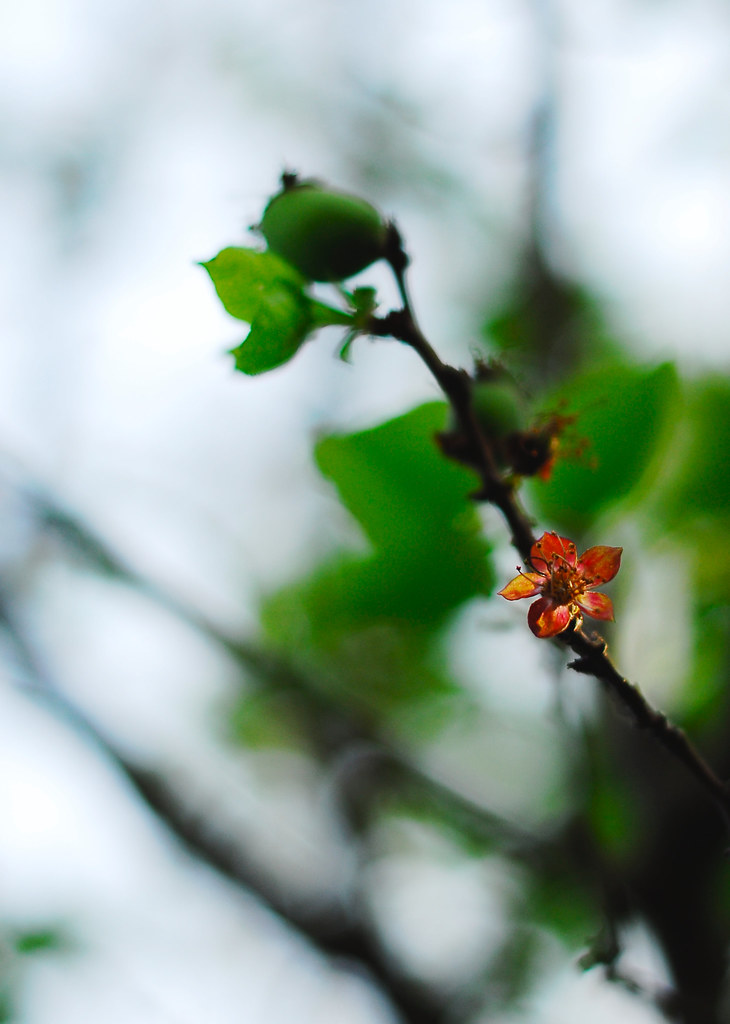what is aperture? (revisited)
So it's summer school around these parts - not a bad time to revisit some of the basic concepts we reviewed earlier this year (for those of you just starting with LF I started this blog as a one-year DIY photography lesson, so we covered the basics back in Jan/Feb).
I have come across some additional blog posts on the subject of aperture - posts that were amazingly clear on the subject and inspired me to essentially rewrite this lesson. So here goes...
I learned over at Pioneer Woman Photography that "photo" is the Greek word for light. So it follows that photography has everything to do with light, right? How much or how little light enters your camera determines what your photo will look like. Do any of your photos look washed out or too bright? Too much light entering your camera (overexposed photo). Any photos of yours too dark or almost black in parts? Too little light entering your camera (underexposed photo). How do you control the amount of light coming into your camera?
- aperture
- shutter speed
- ISO setting (i.e. film speed)
Here are some diagrams I saw over at Bacon Lettuce Photo:


Still with me? This concept is really important, so go back and read it again if it doesn't make sense. Seriously. Read it again.
So, now that you know more about camera modes, and you're feeling adventurous and want to try aperture priority mode, what setting should you select? Depends on what look you want. Aperture determines, to a large extent, the depth of field for your photo - the distance between the nearest and farthest objects in your photo that will be in focus.
- If you want most or all of your photo to be in focus (i.e. a beautiful landscape), select a HIGHER aperture setting.

(aperture = f/14)
- If you want a shallow depth of field, meaning you want your subject to be in focus but all of the background blurry, select a LOWER aperture setting.

(aperture = f/1.8)
Obviously there are other factors that will impact your photo's exposure - let's save those for the next few weeks. Until then, break out the camera, move that camera mode dial to aperture priority and start shooting!
Yo




3 comments:
hi melissa. i've been reading your blog for a couple of months now. i'm also interested in photography, but still learning, so i find your tips helpful!
i just got two photography books in from amazon today so i will be out practicing with my camera!
I'm so glad the blog is helping you! Let me know if you like your photography books - I've been thinking of doing a book review post.
Let me know if you have any specific questions - thanks for visiting!
Basically, we should learn about combining the aperture, shutter speed, and ISO to create crisp and artistic shots that will amaze everyone and make them more interested in your skills in photography. Irving, Texas, the place where I first started shooting with my Nikon D40, has made me a better photoenthusiast as my knowledge continues to be expanded.
Post a Comment